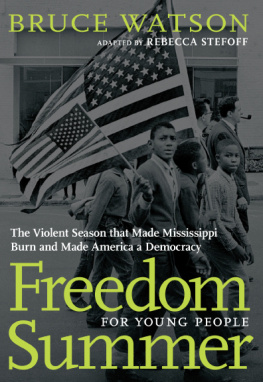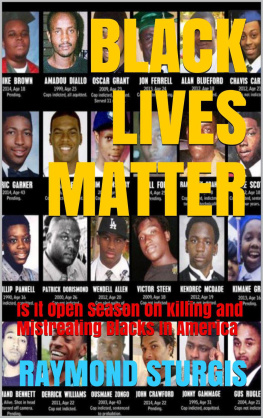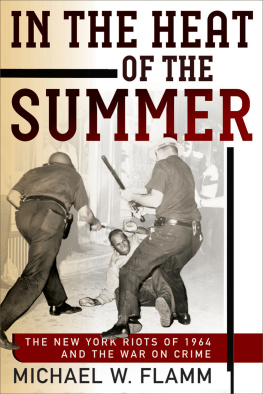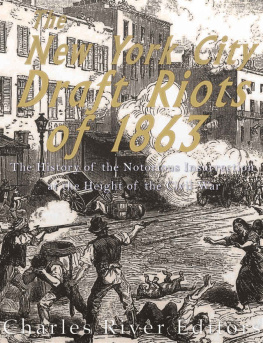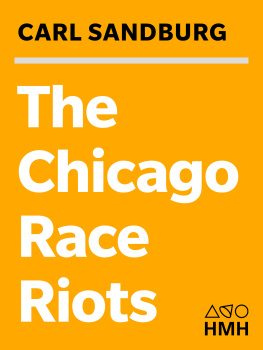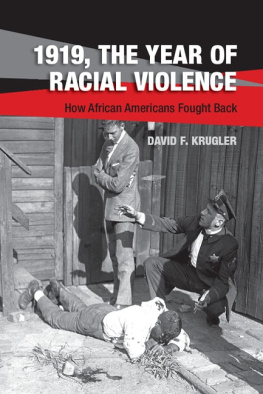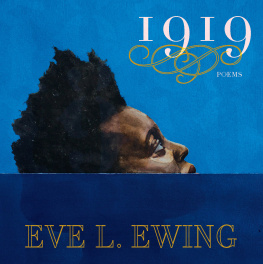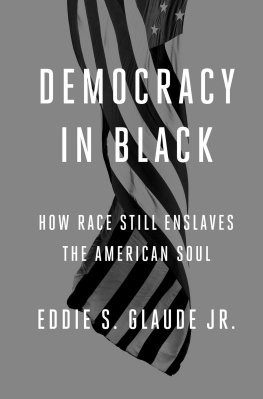Title : Red Summer
Author: Cameron McWhirter
To Blythe and Finn
Contents
Title Page
Dedication
Map
1. Carswell Grove
2. Things Fall Apart
3. The World Is on Fire
4. The NAACP
5. National Conference on Lynching
6. Charleston
7. Bombs and the Decline of the West
8. Ellisville
9. Cleveland
10. Longview
11. Washington
12. Chicago Is a Great Foreign City
13. The Beach
14. Like a Great Volcano
15. Austin
16. Knoxville
17. A New Negro
18. Omaha
19. Phillips County
20. Let the Nation See Itself
21. Capitol Hill
Coda. Carswell Grove
Acknowledgments
Notes
Bibliography
Index
About the Author
Copyright
[image "image" file=../images/map_42908_fmt.jpg]
1.
Carswell Grove
[T]here has been nobody suffered in this matter like I have. I did not do nothing at all to cause that riot.
JOE RUFFIN
April 13, 1919, was perfect for a celebration. As Joe Ruffin set out to do his morning chores that Sunday, the sky was cloudless and blue. The temperature was in the high 70snormal for spring in east Georgia.
The sixty-year-old man started the day at his barn, rushing to feed his pigs, cows, and horses so he would not be late. He had sent his children ahead to the Carswell Grove Baptist Church in one of the familys two cars, a Buick Six. Ruffin would follow later. The church festival was to mark its fifty-second anniversary. Preachers from several counties were coming to deliver sermons. The choir would give a special performance. More than three thousand people would be on hand for a gala cookout of roast pig and fried chicken. Though Ruffin was not a Carswell Grove member, he had been asked to speak as a prominent black Mason and treasurer of another black church.
Ruffin had lived his entire life amid fields of cotton and sugar cane east of Millen, the seat of Jenkins County. The land he tilled was once part of the plantation where his parents worked as slaves. Ruffin remained on good terms with the Daniel family, the former slave owners. Ruffin owned almost 113 acres.1 He ran five to seven plows a seasona substantial operation for anyone in that part of Georgia at the time and a major accomplishment for a black farmer. Unlike many blacks in the area, he could read and write, though census records did not report him having any formal education.2
Many of the years had been tough. Several times Ruffin had to mortgage tracts of land. He even took out loans on his mules and horses to cover debts.3
He had a large family. The 1910 census recorded three sons and four daughters living with him, plus another son and his family down the road. Ruffin was a widower.
Two sonsJohn Holiday, twenty-six, and Henry, thirteenlived at home. Louis Ruffin, in his late twenties, farmed nearby.4 A fourth son, Joe Andrew Ruffin, twenty-four, served with the U.S. Army in France. He was due home in time for the fall harvest.
Whatever Ruffins past struggles, 1919 was shaping up to be profitable. Cotton was fetching extraordinary prices, averaging more than 35 cents per pound, the highest ever.5 The Great War, which the United States entered in April 1917, was a boon for cotton. Textile mills needed tons of it for uniforms and other goods. The wars end the previous November had opened a broader market for cotton; mills across the world needed it for civilian clothes. Supply was limited as the ineluctable spread of the boll weevil reduced production in many parts of the South, including Georgia. Higher prices, fueled in part by cotton scarcity, helped farmers. The previous month, Congress boosted the price of cotton further by passing an amendment to the federal Cotton Futures Act, making it easier for speculators to make bids.6 As global demand for cotton increased, futures skyrocketed. This spike was a windfall for Ruffin and millions of other southern farmers from Virginia to Texas.
Jenkins County, Georgia, lay in the lower third of a swath of cotton farmland that extended from eastern Virginia into southern Alabama. From colonial days, the region had evolved into a network of plantations, cotton storehouses, and small towns grouped along a major road that later supported a railroad running south from Augusta to the Atlantic port of Savannah. Jenkins was rural and poor, like most counties in the region. Blacks accounted for almost two-thirds of its population.7 Many blacks in the county were illiterate, and election records indicate that only a handful were allowed to vote. All county government officials, from commissioners to police, were white.
Most blacks in Jenkins County were sharecroppers renting land from white landlords, but a growing number owned property, a phenomenon occurring all over the South. In the first decades of the twentieth century, despite the legal barriers imposed by Jim Crow, the number of acres owned by black farmers rose. In Georgia, black ownership jumped by 75 percent from 1899 to 1919.8 These landowners formed the respectable classes of black society in southern towns. They sat on church boards and led social groups. They generally had good relations with white business owners and politicians, serving as go-betweens when racial friction erupted. In the late morning of this particular April Sunday, Joe Ruffin was the embodiment of this new class, having spent a lifetime navigating the racial restrictions of southern life. Through luck and hard work, he had prospered and never gave offense to any white man in the county.9
By the late afternoon of that April 13, however, almost every white man in Jenkins County wanted Joe Ruffin dead.
* * *
Around 11:30 a.m., Ruffins youngest son, Henry, came back to the farm to get his father.10 Masons at the festival had asked for him.11 Ruffin changed into his best Sunday clothes, then got in his second cara late-model, high-powered Ford touring carand headed down the road. Henry stayed at the farm. The 15-mile drive from Ruffins farm near Billies Branch to the church was cut with swampy creeks and hollows.12 The roads were unpaved. The car drove past acre upon acre of young cotton plants, very low to the ground with thin waxy leaves. Jenkins County is in the middle part of the state near the Savannah River Valley, where Georgias Piedmont slopes gradually toward the coast. Georgias famous red clay is sandier in this part of the state and a paler shade of orange. Ruffin could see cultivated land for miles, broken up by copses of loblolly pine and scrub oak as well as thickets of holly and cypress. Hawks and buzzards circled the sky.
Sometime after 2 p.m., Ruffin reached Big Buckhead Church Road, the final road leading to the festival. The dirt road had been around since the earliest settlers cut through the forest. As he crossed Buckhead Creek Bridge, Big Buckhead Churchone of the oldest inland white congregations in the Southwas on his left. Across the road, mossy obelisk grave markers of Confederate veterans stood in a small cemetery.13 In the closing days of the Civil War, when Ruffin was a young boy, Union and Confederate cavalry battled here.14 The rebels lost; hundreds were killed.15
Carswell Grove was founded two and a half years after the battle in the midst of the social turmoil caused by the Confederacys collapse. After the war, whites at Big Buckhead Church kicked out blacks, who for generations had sat in segregated pews. Porter W. Carswell, a white judge who owned nearby Bellevue Plantation, gave black congregants two acres of scrubland to erect their own place of worship just down the road. The congregants named their new church in his honor. By 1919, Carswell Grove Baptist Church boasted more than a thousand members, most of them sharecroppers. The yearly celebration of the churchs founding was one of the largest African American gatherings in east Georgia.
As Ruffin drove up the low ridge, he saw throngs of black men, women, and children milling about the grounds. They were talking and laughingit was the cacophony of a large, joyous group. Ruffin parked his car and joined them. After a short time, Ruffin remembered that he had left the door to his house unlocked and decided to drive home. He got in his car, but the swelling crowds blocked the road. He drove as far as he could, almost to Big Buckhead Church, when he was forced to stop and wait for people to move along.
Next page

